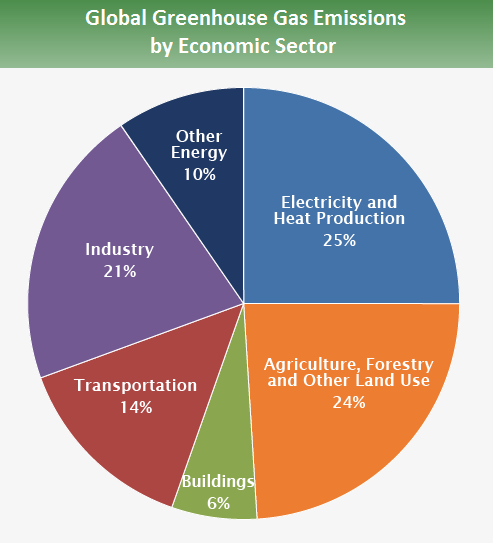Rock climbing is often perceived as a physical and exhilarating pursuit, relying on strength, technique, and the beauty of nature. However, beneath the thrill and adventurous spirit lies a pressing concern: the impact of human activities on our environment. As climbers scale craggy peaks and navigate the vertical world, it becomes essential to adopt sustainable practices that minimize energy consumption and reduce our carbon footprint. The metaphor of climbing higher while using less power encapsulates this dual challenge beautifully. Empowered by knowledge and conscious choices, climbers can ascend mountains not just in elevation, but in environmental stewardship.
To begin, it is vital to recognize how our passion for climbing intersects with energy consumption. Every gear choice, travel itinerary, and personal habit influences our ecological footprint. Choosing to conserve energy doesn’t merely mean using less; it entails embracing efficiency in every aspect of climbing, lending a hand to both our physical journey and the planet’s health.
First and foremost, gear selection plays a pivotal role in our energy consumption. Rock climbing equipment can vary significantly in weight, durability, and environmental impact. Opting for lighter materials and multifunctional gear eliminates the heavy burden often carried on climbs. The choice of a lightweight harness, for instance, can drastically reduce the amount of energy expended both during the ascent and in the preparation phase. Moreover, investing in harnesses and ropes manufactured through sustainable practices reduces reliance on energy-intensive production methods, promoting ecological balance. Climbing is not merely a fight against gravity; it has also become a fight for sustainability.
Additionally, consider the ethics behind climbing gear and clothing. As a climber, one can support brands that adhere to sustainable manufacturing processes and the use of recycled materials. Each purchase is a silent vote for the kind of future we wish to climb towards. By aligning our ethical compass with our climbing aspirations, we can enhance our experience while treading more lightly on the earth.
Another critical factor in energy conservation while rock climbing is transportation. Traveling to climbing destinations often contributes significantly to a climber’s overall energy expenditure. Carpooling or utilizing public transport to reach climbing sites minimizes fuel consumption. Consider the environment as a vast climbing wall, and think of each trip as a route that can either add to or detract from the journey towards a sustainable lifestyle. The act of traveling together not only reduces emissions but also fosters community, allowing climbers to share stories and motivate one another while conserving energy.
Moreover, engaging in local climbs can significantly cut down on travel-related energy consumption. Discovering nearby crags and routes often reveals hidden gems that not only challenge skill but also minimize the carbon emissions associated with long-distance travel. By exploring the lesser-known climbing areas, climbers contribute to the preservation of remote ecosystems while simultaneously honing their craft. In this way, each climb becomes a narrative of connection to the local environment rather than merely a list of mountainous conquests.
Embracing the concept of “staying connected to the natural world” resonates deeply with energy conservation. Climbers should develop an awareness of the ecological surroundings while ascending. Examining the impact of climbing on local vegetation, wildlife, and the rock formations themselves offers insights into how human activity shapes the environment. Engaging in Leave No Trace principles creates a dialogue between climbers and nature. Each ascent becomes a collaborative effort, reinforcing the idea that respect for nature is an integral aspect of the climbing experience.
Additionally, the use of technology can further inspire energy conservation. Climbers often rely on apps and devices to track routes, progress, and conditions. However, turning off devices or using them judiciously can diminish overall energy consumption. When climbing, consider using paper maps or printable guides that don’t drain power or require charging. This practice sends a powerful message: that our reliance on electronic devices, while sometimes necessary, can also impede our relationship with the environment. The simplicity of unplugging can illuminate the beauty of unadulterated nature.
Equally, the climb itself can be an exercise in energy conservation. Efficient movement plays a monumental role in minimizing the physical energy expended. Climbers should focus on using their core muscles and legs more effectively, preserving upper body strength for challenging sections. Practicing dynamic moves and footwork can streamline ascents, making each movement deliberate and energy-efficient. The metaphorical ascent, rising higher with less exertion, speaks to the potential of fine-tuning one’s style to achieve optimal results with minimal waste.
Furthermore, fostering a community centered around conservation can amplify the impact of individual efforts. Sharing knowledge about sustainable practices and energy conservation within climbing circles encourages collective responsibility. Organizing local clean-ups or conservation days demonstrates a commitment to protecting the natural environments we cherish. Encouraging dialogues on sustainability at climbing gyms, events, or competitions can amplify awareness and motivate climbers to integrate eco-friendly practices into their passion.
Lastly, climbers must remain vigilant and informed about climate change. Engaging in discussions, supporting environmental advocacy, and understanding the broader context of how outdoor recreation interacts with global ecosystems can instill purpose in every climb. By climbing higher through awareness and action, we validate our commitment not just to the sport, but to the earth.
In conclusion, the quest to conserve energy while rock climbing embodies a harmonious interplay between adventure and environmental consciousness. By making intentional gear choices, optimizing transportation, engaging with local climbing communities, practicing efficient techniques, and fostering a broad understanding of sustainability, climbers can ascend both the mountains before them and the climactic challenges humanity faces. The metaphor of climbing higher while using less power weaves an intricate narrative that champions a responsible and enriching climbing experience, echoing through the valleys and peaks of our natural world.








